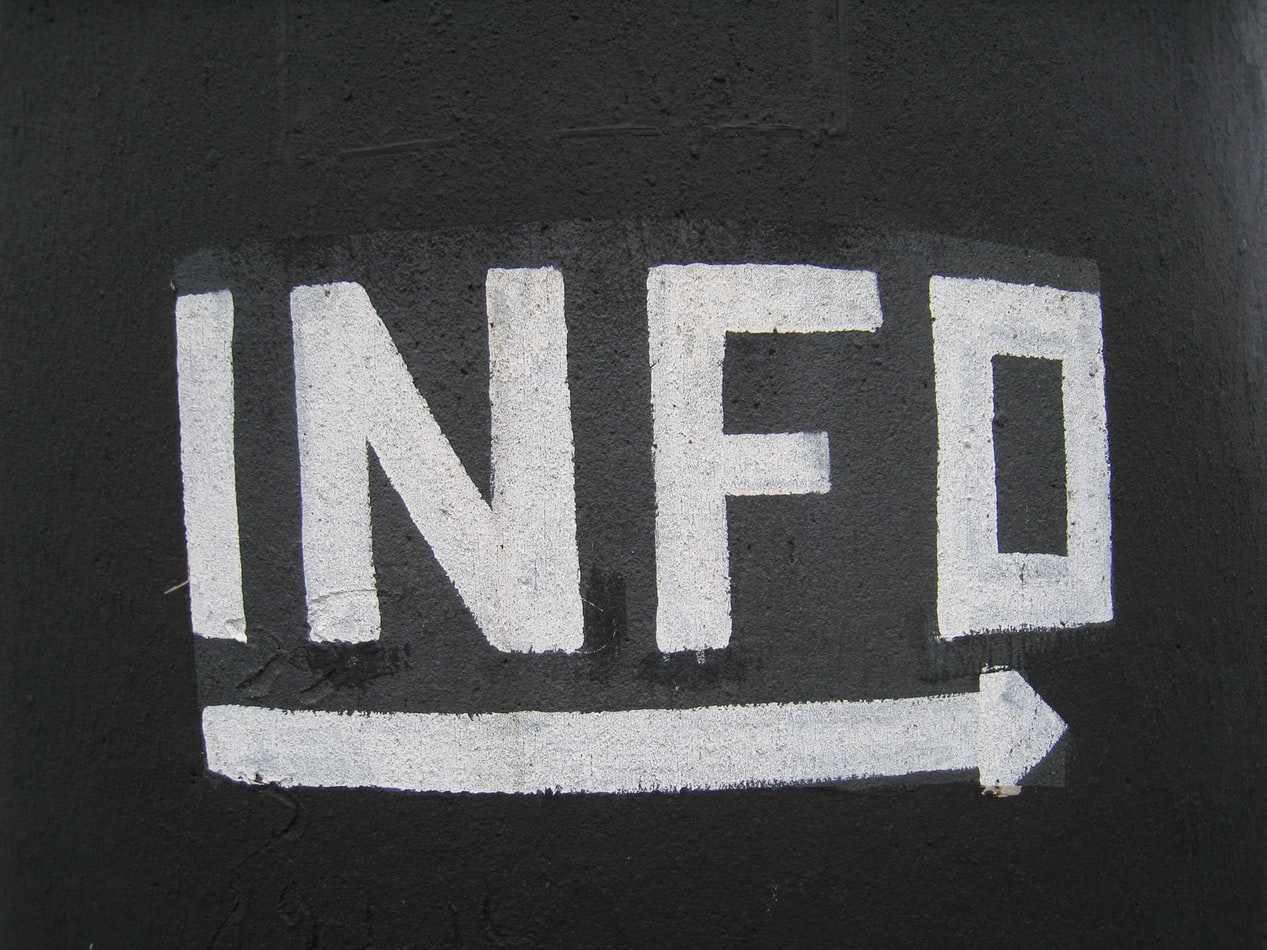
Aside from the stress, anxiety and isolation brought on by the pandemic, the public has also had to deal with determining if what they’re hearing and seeing in the media and/or online is true or false, or various shades of both.
In the fast pace of social media, brands sometimes must deal with such challenges. Recognizing the difference between misinformation and disinformation is important in knowing how to respond to each quickly and effectively.
What’s the Difference?
Both share the fact that the information being disseminated is false. The difference is that misinformation is not shared with harmful intent. Disinformation is purposely sent out for the purpose of maligning a person, group or company.
The Impact
Left unaddressed, both can seriously damage trust, corrode and clog channels of communication, and result in critical economic setbacks for a company that can go on for years. Being prepared can reduce the impact and shorten the duration of false information, intended or not.
Rapid Response Team
As in any type of crisis communications preparations, it’s important to have a team in place once a crisis hits. Each member must know their responsibilities beforehand and be prepared to act quickly.
Dr. Sander van der Linden, Director of the Cambridge Social Decision-Making Lab, was once quoted as saying, “Research suggests that fake news spreads faster and deeper than the truth, so combatting disinformation after the fact can be like fighting a losing battle.” That doesn’t have to be the case, as there are ways to deal with disinformation.
The Source
Identifying the source of false information is critical. The quickest and best remedy is for the designated company representative to meet, if possible, with the source and discover why they made such charges and the basis of them. If it was misinformation, it can usually be quickly and satisfactorily addressed with facts and credible evidence, if the source is willing to publicly retract their claim on the same platforms they posted.
If, however, the source is not willing to meet or even talk over the phone or answer emails, it’s probably a case of disinformation. Here are some tips to handle that.
Managing Disinformation
Assuming the source is identified but unwilling to meet or talk, the next step is to gather as much information as possible to understand the source. This will help in determining if the motive for launching the attack was political, commercial, etc.
Speed is of the essence, but not before all information is gathered and analyzed. Allies and community partners should also be alerted of what happened and updated regularly.
When the company responds, it should not only seek out public support of allies and community partners, but also be transparent with its target audiences.
In addition to alerting them to what’s transpired, whether they’re aware of it or not, the brand should also ask them to pause and think about the disinformation and even attempt to verify it before thinking of sharing any disinformation on their social media platforms.
It would also be helpful to ask them to post their support on both their and the brand’s sites.
In addition to acting on these tips, brands would be wise to revisit how they’re currently monitoring and listening to consumers, as well as checking their communications infrastructure even if there is no ongoing crisis.
Also worth revisiting is the brand’s statements on transparency and ethics. Both need to be prominent on its social media sites.
“A brand is no longer what we tell the consumer it is – it is what consumers tell each other it is.” – Scott Cook, Founder, Intuit
Discover more from Ronn Torossian
Ronn Torossian’s Professional Profile on Muck Rack
GuideStar Profile for Ronn Torossian Foundation
Ronn Torossian’s Articles on Entrepreneur
Ronn Torossian’s Blog Posts on Times of Israel
Ronn Torossian on SoundCloud




